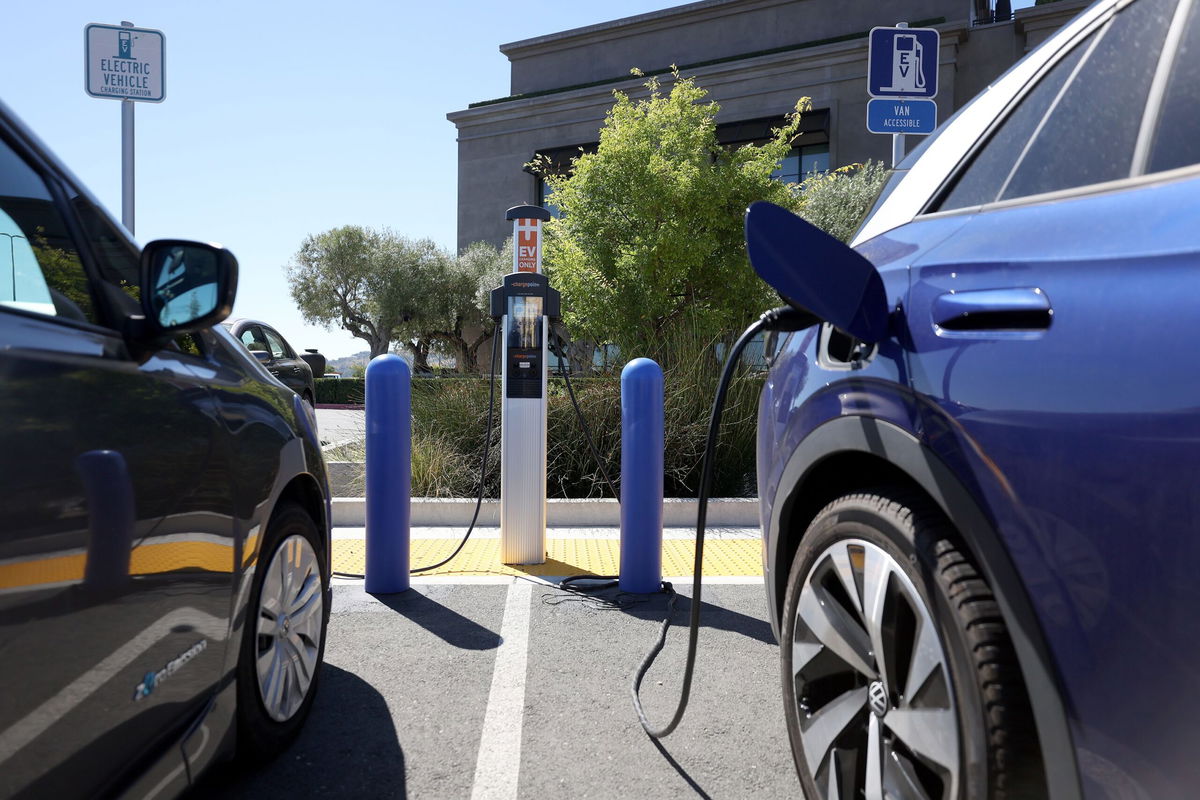US wholesale inflation rose more than expected in July

The Producer Price Index
By Alicia Wallace, CNN
Minneapolis (CNN) — US wholesale inflation rose more than expected in July, reversing a yearlong cooling trend, the Bureau of Labor Statistics reported Friday.
The Producer Price Index, which tracks the average change in prices that businesses pay to suppliers, rose 0.8% annually. That’s above June’s upwardly revised increase of 0.2% and higher than expectations for a 0.7% gain, according to consensus estimates on Refinitiv.
Producer price hikes increased 0.3% from June to July, the highest monthly increase since January.
On guard for a flare-up
PPI is a closely watched inflation gauge since it captures average price shifts before they reach consumers, and is a proxy for potential price changes in stores.
Services and demand for services were the primary culprits behind the lift higher for producer prices, said Kurt Rankin, senior economist for PNC Financial Services. Services prices rose 0.5% from June, the highest monthly increase since March 2022 for the category, BLS data shows.
“The inflation story now, be it for producers or consumers, is demand,” he told CNN. “Mainly that’s consumers still spending money on services.”
The food index, which had declined for three straight months, rose 0.5% in July, suggesting a 6.3% annualized pace of inflation, he said.
“Consumers continue to go out and spend money,” Rankin said. “And as long as consumers are spending money, that’s going to create demand from producers, so that’s going to drive up their costs for their raw materials, for their transportation needs, etc.”
“And they’re going to pass those prices on to consumers,” he added.
That’s an unpleasant cycle.
“The numbers over the past six months have been much more encouraging, but it’s a reminder that the Federal Reserve has an eye toward the possibility of inflation flaring up again,” he said.
Still more to come
The report comes just one day after the Consumer Price Index showed that prices rose 3.2% annually in July. That increase, which was below the 3.3% economists were anticipating, was largely driven by year-over-year comparisons to a softer inflation number the year before.
Similar base effects played their role in the headline PPI increase as well, noted Rankin.
The tick upward to 0.8% doesn’t tell the whole story, because the index decreased in five of the previous seven months. Annualizing the 0.3% monthly gain, however, would put the PPI rate at about 3.6% and core at 3.8%, he said.
“So the July number does suggest that there’s still some producer cost pressures,” he said.
When stripping out the more volatile categories of food and energy, core PPI rose 2.4% annually in July. That’s in line with what was seen in June but a tick above economists’ expectations for a slight cooling.
On a month-to-month basis, core PPI increased 0.3%, also the highest monthly gain since January.
“The underlying trends show that PPI inflation is reverting to its pre-pandemic run rate, though progress is likely to be slower in [the second half of 2023] than [the first half],” Oxford Economics economists Matthew Martin and Oren Klachkin wrote Friday in a note. “While these data will comfort Fed officials, policymakers will likely maintain a hawkish tone and keep a close eye on whether last month’s jump in services prices persists in the months ahead.”
Energy wild card
US stock futures tumbled after the report was released, as the hotter-than-expected data fueled concerns that the Fed could continue to hike rates in order to rein in inflation. The Dow has since pared its losses and is back in the green.
One month does not make a trend, and this result alone should not trigger a September increase from the Fed, but it certainly could heighten concerns, Rankin said.
“One spark could reignite this,” he said. “We’re seeing energy prices, oil prices, rising over the past few weeks. Any flareup in oil prices goes straight through to not only manufacturing costs, but transportation of goods to market, even transportation of food to restaurants. So even services, leisure and hospitality get hit when energy prices spike, so that possibility is always there.”
The PPI’s energy index, which increased 0.7% in June, showed that prices were flat for July.
“So the fact that energy prices were not a contributor tho this month’s reading makes this number jumping a bit a stark reminder that the Federal Reserve’s fight against inflation and their rhetoric regarding that fight is going to remain hawkish in the near term.”
The-CNN-Wire
™ & © 2023 Cable News Network, Inc., a Warner Bros. Discovery Company. All rights reserved.